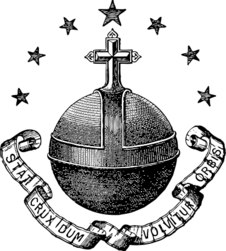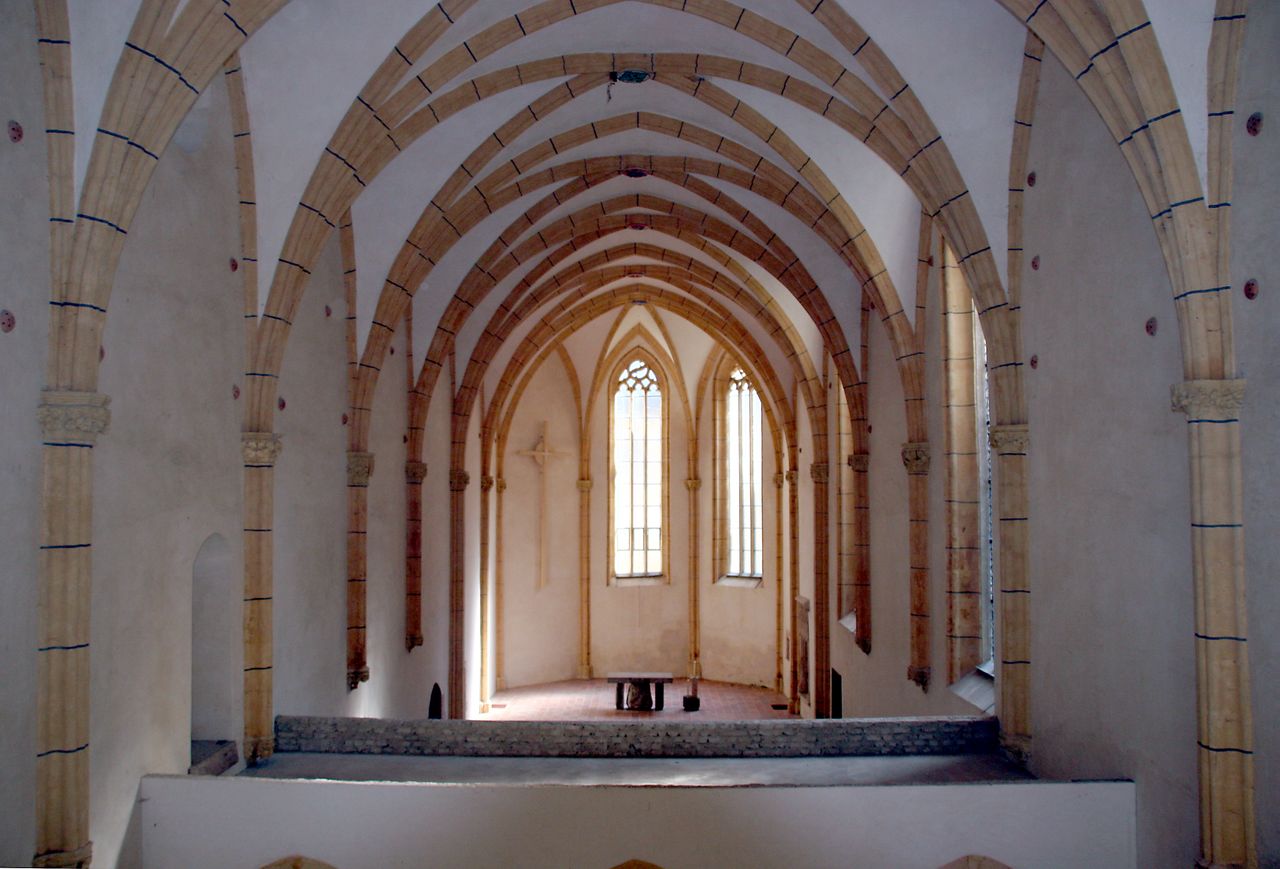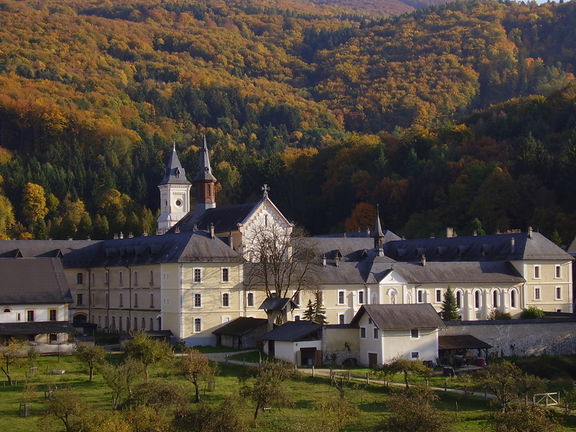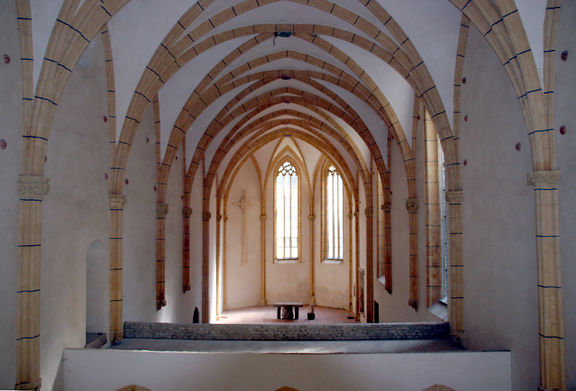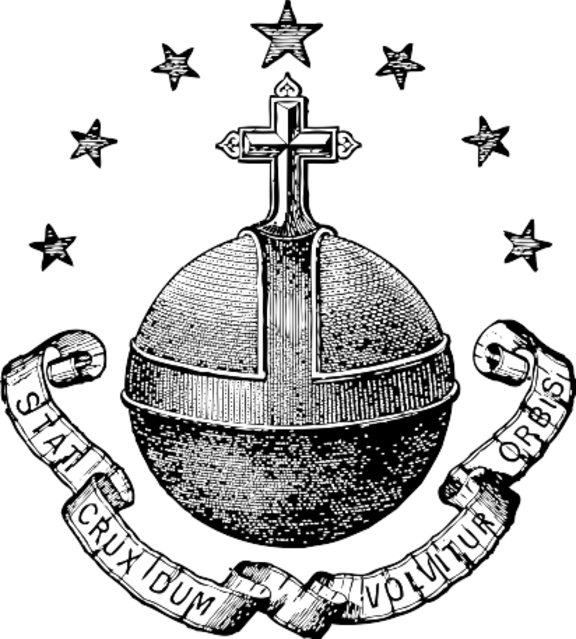Difference between revisions of "Pleterje Charterhouse Monastery"
(Text replace - "| image" to "| logo") |
Anže Zorman (talk | contribs) (Changed Božidar Jakac Art Museum name) |
||
| Line 34: | Line 34: | ||
The carthusian monks brought many farming innovations to Šentjernej and are traditionally known for their excellent fruit produce, wines, brandy and bee products. Brand names such as ''Pleterski sadjevec'' (fruit brandy), ''Pleterska viljamovka'' (William Pear brandy), ''Cviček'' wine and honey liqueur. | The carthusian monks brought many farming innovations to Šentjernej and are traditionally known for their excellent fruit produce, wines, brandy and bee products. Brand names such as ''Pleterski sadjevec'' (fruit brandy), ''Pleterska viljamovka'' (William Pear brandy), ''Cviček'' wine and honey liqueur. | ||
| − | The monastery incorporates a rich library. A collection of some 44 oil paintings from the 17th and 18th centuries, which are attributed to the Flemish, French, Italian and German Masters, is exhibited in the [[Božidar Jakac | + | The monastery incorporates a rich library. A collection of some 44 oil paintings from the 17th and 18th centuries, which are attributed to the Flemish, French, Italian and German Masters, is exhibited in the [[Božidar Jakac Art Museum, Kostanjevica na Krki|Božidar Jakac Art Museum in Kostanjevica]]. Adjacent to the monastery is an [[Pleterje Charterhouse Open Air Museum|open-air museum]]. |
== See also == | == See also == | ||
Revision as of 14:42, 8 December 2016
History
Pleterje is the youngest of the four Slovene Carthusian monasteries (the other three were Žiče, founded in 1160; Jurklošter, founded in 1170; and Bistra, founded in 1255) and was founded by Count Herman II of Celje in 1403 in a remote valley next to the village Šentjernej under the Gorjanci hills. It was founded on the place where the Sicherstein Castle stood in the 10th century. Troubles for the monastery and the carthusian monks started early already in 1456 with the death of Ulrik, the last Count of Celje. With no defence, the monastery was damaged several times during sieges of Turks in the 15th century. Because of spiritual decay and poor funding, the Archduke Ferdinand II handed over the monastery to the order of Jesuits (Ljubljana) which renovated and fortified monastery. They remained in charge of Pleterje monastery from 1595 to 1773. During state reforms in the end of the 18th century and the suppression of the Jesuit order, the Austro-Hungarian Emperor and Enlightenment despot Franz Joseph II closed the monastery by decree due to operating and maintenance costs. It was left to ruin, the estates were bought by the barons Bors of Borsod. In 1899 Carthusian monks that had been exiled from Bosserville near Nancy by liberals repurchased Pleterje monastery and renovated it thus reviving the order in the region of Slovenia. The founding charter and documents of Pleterje history are preserved in the Archives of the Republic of Slovenia.
Products and collections
The carthusian monks brought many farming innovations to Šentjernej and are traditionally known for their excellent fruit produce, wines, brandy and bee products. Brand names such as Pleterski sadjevec (fruit brandy), Pleterska viljamovka (William Pear brandy), Cviček wine and honey liqueur.
The monastery incorporates a rich library. A collection of some 44 oil paintings from the 17th and 18th centuries, which are attributed to the Flemish, French, Italian and German Masters, is exhibited in the Božidar Jakac Art Museum in Kostanjevica. Adjacent to the monastery is an open-air museum.
See also
Gallery
External links
- Carthusian Monastery Pleterje website (Multilingual)
- Pleterje Carthusian Monastery on Heritage Trails of Slovenia website
- Monastery Pleterje on Kraji.eu website
- Pleterje Charterhouse on Wikipedia
- Carthusian order on Wikipedia
Other charterhouses in Slovenia



